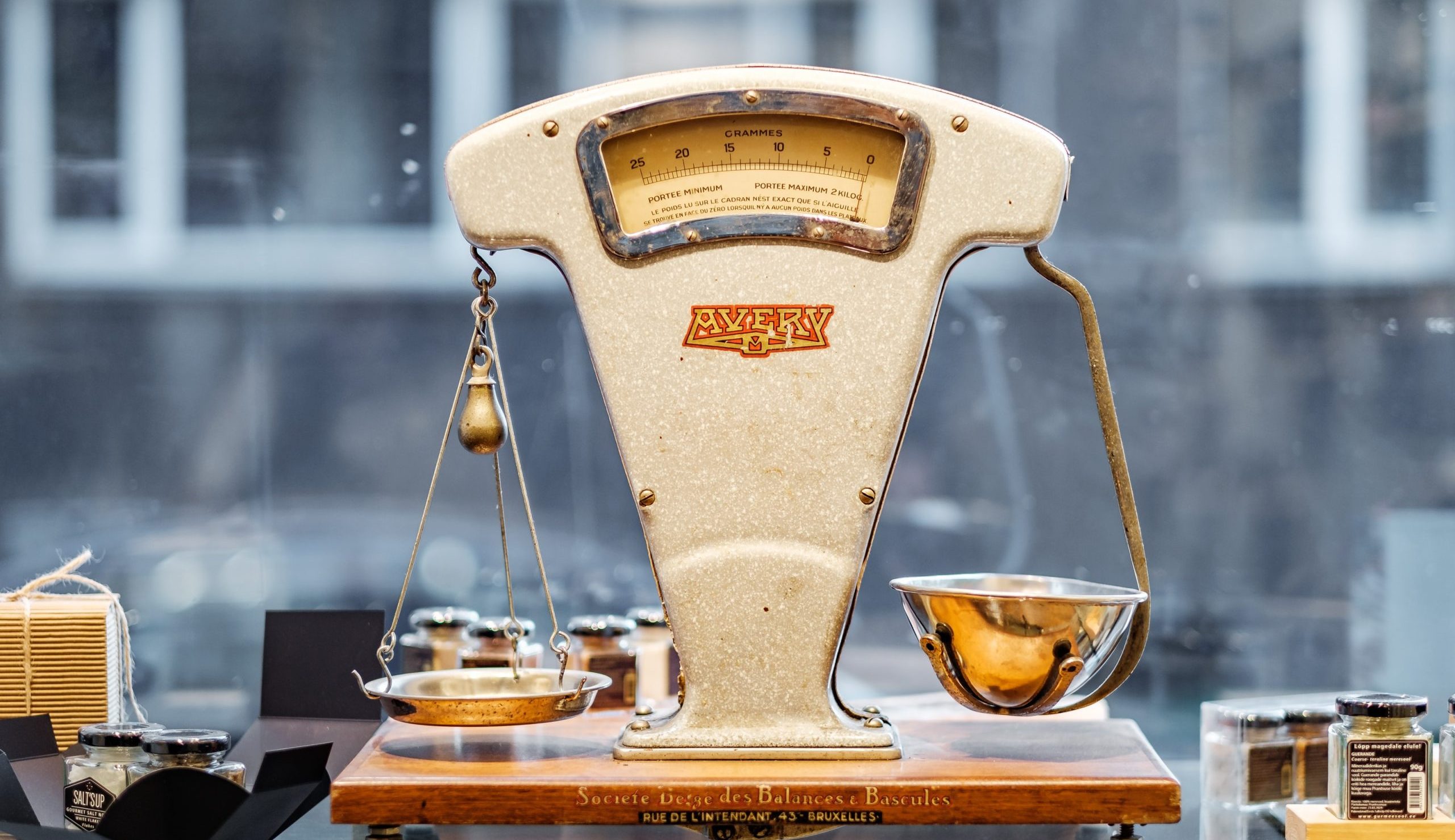 Richard Armitage is a GP and Public Health Specialty Registrar, and Honorary Assistant Professor at the University of Nottingham’s Academic Unit of Population and Lifespan Sciences. He is on twitter: @drricharmitage
Richard Armitage is a GP and Public Health Specialty Registrar, and Honorary Assistant Professor at the University of Nottingham’s Academic Unit of Population and Lifespan Sciences. He is on twitter: @drricharmitage
Over the recent bank holiday weekend, I took a little road trip. I inflated my car tyres to the manufacturer recommended pressures (2.8 BAR front, 2.6 BAR rear), filled up the fuel tank to its maximum capacity (9.2 gallons), and took to the road for the 92-mile journey. Once at my destination, I caught up with a variety of people, mostly in the local over numerous pints. I heard about moving house and down-sizing to a 1,200 square feet apartment, losing 3 stones in body weight through improved diet and exercise, and the excitement of vinyl’s come-back and the return of 7-inch records. I learned about recent golfing performances including 300-yard drives, traditional sponge cake recipes involving half pounds of butter and gas mark 5 ovens, and the conversion of a 3-acre greenspace into a modern housing developing. On my later drive home, which was hampered by multiple 50 miles per hour speed limits, I passed a well-known horse racecourse (most recent race won by less than a furlong), a vacant warehouse (3,600,000 cubic feet capacity), and multiple articulated HGVs each around 40 feet in length. The following morning back in my surgery, I inform my first patient that she needed to lose 12 kilograms to reach a health BMI. “What’s that in stones?” she asked, as I quickly searched Google for a handy ‘weight converter.’
Within healthcare however, metric measurements are the only game in town. Body weights and heights are measured in kilograms and centimetres, drug doses in milligrams, and volumes in millilitres.
My weekend and return to work demonstrate the extent to which the UK is still heavily reliant upon imperial units. While metrication – the process of introducing metric units of measurement in place of imperial units – began in earnest in the mid twentieth century,1 the country’s use of these different systems across various contexts remains mixed, inconsistent and notably confused. For example, while the selling of goods in England, Scotland and Wales now requires metric measurements (grams, kilograms, millilitres or litres) to be displayed to the buyer, exceptions are afforded to milk, cider, and draft beer, which can all be sold in units of pints, while precious metals can be traded in troy ounces. While imperial measurements may be displayed alongside the metric units of all goods for sale, they cannot be made to stand out more significantly than their metric counterparts. And the rules for all of this are different in Northern Ireland.2 This is hardly a consistent framework of measurement. Within healthcare however, metric measurements are the only game in town. Body weights and heights are measured in kilograms and centimetres, drug doses in milligrams, and volumes in millilitres. Even newly born babies, traditionally weighed in pounds and ounces, now have their masses recorded in grams or kilograms.
So, given the mixed system of measurements in use across the UK in 2022, in which large components of daily life are dealt with in imperial units (as revealed by my weekend away), and patients, particularly those of older generations, are familiar with and potentially more comfortable using them, why shouldn’t the healthcare sector reject metrication and embrace Boris Johnson’s reported wish to allow imperial units to reign supreme once again?3 For me, the arguments against this move are profound and definitive, and come in three major themes: patient safety, communication, and future generations.
Patient safety
Metric units of measurement are nested in linear hierarchies that scale by orders of magnitude. For example, 1 kilometre contains 1000 metres and 1 metre contains 1000 millimetres, while 1 kilogram contains 1000 grams and 1 gram contains 1000 milligrams. This makes possible measurements to a high degree of accuracy by the selection of a unit of the relevant scale. For example, the smallest imperial unit of mass is the ounce, and 1 ounce is equivalent to around 28 grams. The thought of prescribing 0.017637 ounces (equivalent to 500mg) of amoxicillin three times daily, or 0.351951 fluid ounces of 0.00440925 ounces/0.175975 fluid ounces (equivalent to 10ml of 125mg/5ml) of amoxicillin solution, is entirely alien and cognitively distressing, and would likely lead to inaccurate measurements and a headache for the pharmacist. Similarly, the linear scaling of the metric system allows conversions between units to be relatively straight forward. Values need only be multiplied or divided by multiples of 10 to convert them to more appropriate, intuitive and usable scales (for example, divide milligrams by 1000 to convert to grams), while conversion rates between imperial measurements vary between units (for example, divide by 16 to convert ounces to pounds, and multiply by 19.215 to convert from pint to fluid ounce). While conversion between metric units contains the inherent risk of an order of magnitude error, the magnitude of such an error is usually sufficiently large to draw corrective attention to itself (5 grams of ciprofloxacin just doesn’t feel right, does it?). Along with the benefits of saving valuable time (for both GPs and pharmacists), the advantages of operating in metric units accrue primarily to patient safety, which is undeniably promoted by the avoidance of dosing errors and the ease of simple unit conversion.
Communication
…only the United States, Myanmar and Liberia use exclusively imperial measures, while the rest of the world has undergone complete metrication.
Although the UK uses a mixture of imperial and metric units, only the United States, Myanmar and Liberia use exclusively imperial measures, while the rest of the world has undergone complete metrication.4 Due to the globalised nature of medicine and healthcare, including the prevalence of the same pathologies, transmission of communicable diseases, and international collaborative sharing of biomedical research findings, the need for globally recognised, easily comprehendible, directly comparable units of measurement between all countries and global actors is of paramount importance to patient health outcomes. Imagine if the units of measurement inherent to PCR testing, vaccine dosages, and PPE specifications relating to the COVID-19 pandemic had to be converted to imperial units – the vital communication of time-critical information would have been significantly impeded and rendered less accurate, with outcomes for patient being significantly harmed. As such, metric units should remain in UK healthcare to allow free communication of crucial data globally.
Future generations
All British state schools have been required to teach metric units as the primary system of measurement since 1974, and today’s National Curriculum only requires imperial units to be taught to a level of familiarity.5 Converting UK healthcare to imperial units would, therefore, require the workforce (which was disproportionately educated in the metricated system) to learn the values and conversion rates of imperial measurements to which they are not currently intimately accustomed. Not only would this constitute a misguided deployment of scarce time and resources, it would stall, complicate and ultimately reverse the natural transition from older generations that are comfortable with imperial units to currently younger cohorts familiar with metric units. Our future healthcare professionals are being taught in metric; converting healthcare to imperial would be to have them enter it unprepared.
While the process of metrication is far from complete, and the UK continues to operate with a mixed system of metric and imperial, healthcare functions exclusively using metric system measurements for various compelling reasons. This should absolutely continue. Any switch to imperial would bring a ton of problems for healthcare.
References
- UK Metric Association. UK metric timeline. https://ukma.org.uk/what-is-metric/uk-progress/uk-metric-timeline/ [accessed 31 August 2022]
- UK.Gov. Weights and measures: the law. https://www.gov.uk/weights-measures-and-packaging-the-law [accessed 31 August 2022]
- N Badshah. Boris Johnson to reportedly bring back imperial measurements to mark platinum jubilee. The Guardian 28 May 2022. https://www.theguardian.com/politics/2022/may/28/boris-johnson-set-to-bring-back-imperial-measurements-to-mark-platinum-jubilee [accessed 31 August 2022]
- World Atlas. Which Countries Use The Imperial System? https://www.worldatlas.com/articles/which-countries-use-the-imperial-system.html [accessed 31 August 2022]
- UK Metric Association. Education. https://ukma.org.uk/the-case-for-change/policy-areas/education-policy/ [accessed 31 August 2022]
Featured Photo by Piret Ilver on Unsplash







Thanks Richard! I don’t think there is any real appetite, a la Johnson’s indications in May, to bring back imperial measurements. (For a start, the clue is in the name that they are hopelessly outdated… ) I’m old enough to be comfortable with both metric and imperial. It’s useful to set out the problems with reversion and thanks for laying it out here.
At the time, it seemed like it was a scrap of red meat thrown to the swivel-eyed Brexit loons and was quickly sidelined by any half-thinking person. Perhaps many would argue it is a ‘dead cat’, in the political parlance, with the aim of distracting from the more serious concerns wafting around Johnson at the time.
If I may digress, there is an excellent article on ‘dead cats’ in politics by Sam Freedman – well worth anyone’s time. He would likely suggest this was not a dead cat at all by the criteria given. That does leave open the possibility that Johnson and his advisors thought the proposal was worthy of serious consideration. I’m not sure which explanation is more damning.
https://samf.substack.com/p/its-not-a-dead-cat